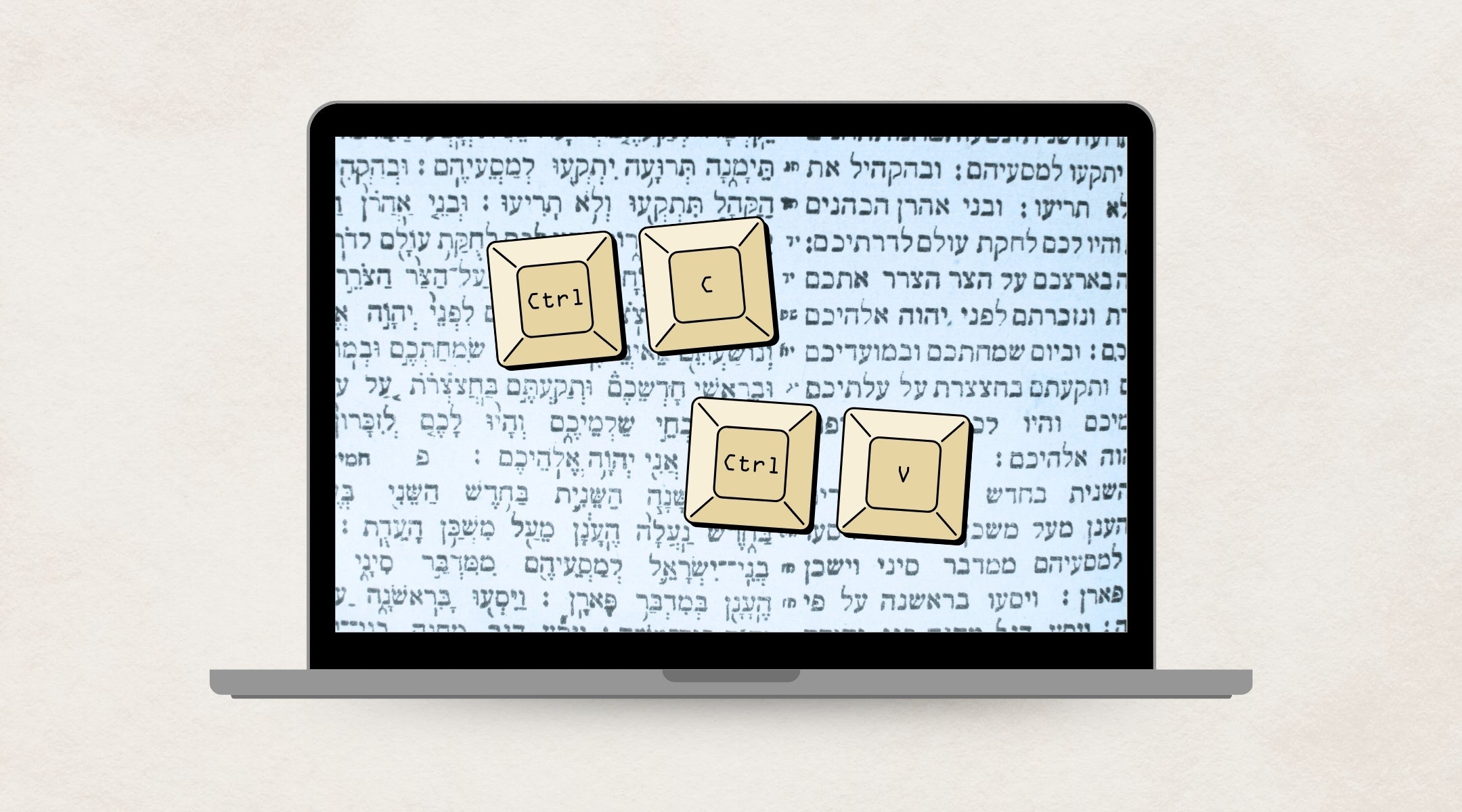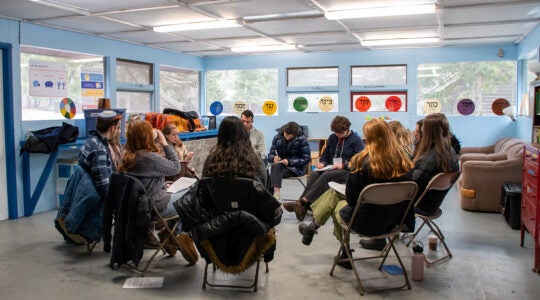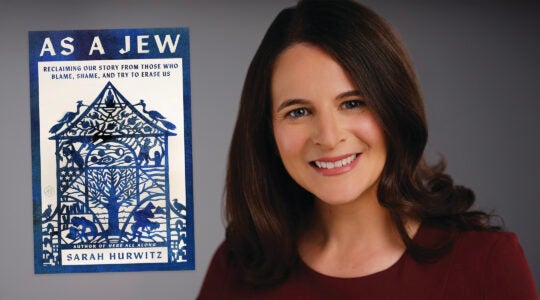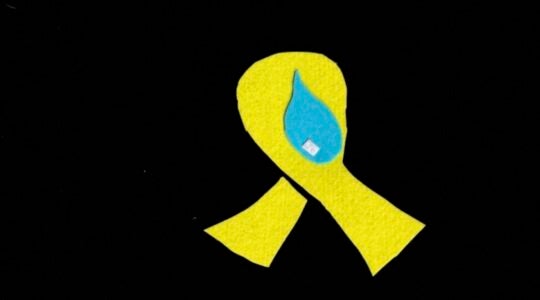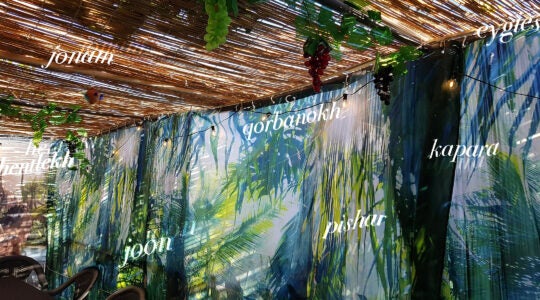Shavuot is the festival when Jews eat cheesecake and celebrate “matan Torah,” literally, “the giving of the Torah” at Mount Sinai. It conjures up images of the tablets being handed to Moses in the midst of golden rays of sun (thanks, DreamWorks). Divine revelation came in the form of a gift: tablets, words, traditions passed on from teacher to student.
But if Torah is a gift, we have to ask: What does it mean to own Torah?
This question is pressing not only because we are just days away from Shavuot, but also because ownership of written works is a hotly contested issue these days. With Mark Zuckerberg seemingly signing off on the mass pirating of copyrighted books to train Meta’s AI tools, the question of “fair use” and what constitutes ownership of texts has rarely been so widely discussed. Meta argues that using copyrighted materials to train AI is “fair use” if it is used to develop a transformative technology — even if it is from databases of pirated material like LibGen.
Authors, news outlets and other copyright owners argue that using pirated versions robs them of income and amounts to theft in the marketplace of ideas.
Unlike Meta, “Moses received the Torah from Sinai, and passed it on to Joshua,” according to Pirkei Avot, perhaps the most quoted section of the Mishnah. It sounds like a present, free and clear, regifted from one generation to another with no strings attached. Indeed, matan Torah sounds a bit like “public domain,” meaning the giftee can use, adapt and reproduce the text without violating the creator’s rights or integrity.
There’s no Divine server to scrape, and no need to do so, because we already have the right to study Torah. “Fair use” is the very point of revelation. While most modern books have been printed with the assumption that someone owns the content, Torah was given to a people, designed for group ownership and open for universal free use.
As a result “Torah” is a broad category, one which expands as new generations add their own insights. It encompasses the Talmud, numerous Bible commentaries, law codes, early rabbinic interpretations like midrash, and much, much more.
But with ownership comes responsibilities. If we don’t interact with this gift on a regular basis, we may not be close enough to it to claim any kind of meaningful possession. Using an item is one of the ways that people demonstrate ownership over things, and that use may even have legal status. Supreme Court Justice Oliver Wendell Holmes, Jr. wrote in 1897: “A thing which you have enjoyed and used as your own for a long time, whether property or an opinion, takes root in your being and cannot be torn away without your resenting the fact and trying to defend yourself, however you came by it.”
In this model of ownership, revelation is just the beginning. Every single woman, man and child present at Mt. Sinai catches a glimpse of Torah, but matan Torah — the giving — makes its wisdom available to the Jewish people. It is transmitted to the next generation not by handing over a physical book, but when it lives in the conversations and debates we have as we live our lives.
The Torah was given in the wilderness, in a swirl of smoke and fire. According to a midrash, God chose to give the Torah in the middle of nowhere precisely so that no landowner or sovereign could claim ownership. The Torah was intended to belong to all. This is not a statement of copyright — the Jews as much as anyone else should respect intellectual property rights — but rather, a call to make use of this freely available source of wisdom and inspiration.
When the words of the Torah emerged from the fiery mountain top and were written down in physical volumes, people had to purchase or borrow those books in order to access this ancient gift. Today, millions of words of Torah are freely available online — including through Sefaria, where I am the chief learning officer — just waiting for the right Google search to make themselves known. If we can ask Google what to cook or what novel we should read next, we can also delve into the custom of eating dairy on Shavuot or dig into the underlying messages in the book of Ruth, traditionally read on this holiday.
Engaging with this information is what makes it ours. We might not end up with a dog-eared copy of a thick book, but the more we use it, the more the content of Torah will “seep into our being,” and the more we will take ownership of this ancient gift and deserve our cheesecake.
JTA has documented Jewish history in real-time for over a century. Keep our journalism strong by joining us in supporting independent, award-winning reporting.
